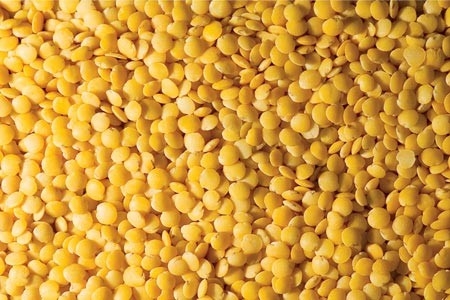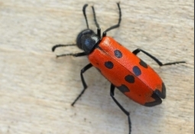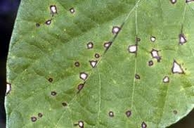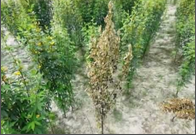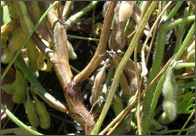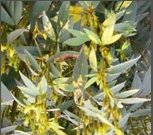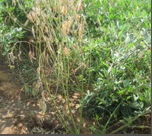BDN 2: Ready to harvest in 150-165days. White color seeds and suitable for grain purpose. Gives an average yield of 6.7-7.5qtl/acre.
BDN 708: Red color seeds. Suitable for sowing under low rainfall region. Resistant to wilt disease.
BSMR 736: Red color seeds. Resistant to wilt disease.
Asha: Bold seeded variety, ready to harvest in 160-170days. Resistant to wilt disease. Gives average yield of 6.5-7qtl/acre.
AKT 8811: Ready to harvest in 145-150days. Gives average yield of 5-5.6qtl/acre.
BSMR 853: Also known as Vaishali. White color seeds. Ready to harvest in 165-170days. It is resistant to wilt disease. Gives average yield of 6.15-6.8 qtl/acre.
Vipula: Ready to harvest in 145-160days. Moderate resistant to wilt disease. Gives average yield of 8qtl/acre.
Rajeshwari: Red color grain variety. Ready to harvest in 130-140days. Gives average yield of 11.6qtl – 12.5qtl/acre.
PKV Tara: Ready to harvest in 170-180days. Red color variety. Gives average yield of 7.9-8.3qtl/acre.
BDN 711: Ready to harvest in 150-160days. It is moderate resistant to wilt disease.
BSMR 736: Brown seeded variety, ready to harvest in 180-185days. Resistant to wilt disease. Gives average yield of 4.8-7.3qtl/acre.
Other state varieties:
Pusa 855: Ready to harvest in 145-150days. Gives average yield of 9-10qtl/acre.
Late Maturing Variety
PDA 11: Ready to harvest in 225 to 240days. Gives average yield of 7-8qtl/acre.
MA 6: Ready to harvest in 250 to 270days. Gives average yield of 10-12qtl/acre.
MAL 13: Ready to harvest in 230 to 250days. Gives average yield of 12-13qtl/acre.
Narendra Arhar 2: Ready to harvest in 240 to 245days. Gives average yield of 12-13qtl/acre.
PAU 881: It is early maturing variety. It matures in 132days. Plants are 2m tall. Each pod contains about 3-5 yellow brown and medium size seeds. It gives average yield of 5.6qtl/acre.
Manak (H 77-216): Early maturing, medium heighted variety. Ready to harvest in 125-130days. Gives average yield of 7-8qtl/acre.
ICPL 151 (Jagriti): Ready to harvest in 120-130days. It gives average yield of 1 to 1.3ton/acre.
Pusa Ageti: Dwarf bold seeded variety, ready to harvest in 150 to 160days. It gives average yield of 1ton/acre.
Pusa 84: Medium tall, semi spreading variety, ready to harvest in 140 to 150days.
IPA 203 and IPH 09-5 (Hybrid)
R 175: White seeded variety, ready to harvest in 160-170days. It is resistant to Mosaic and wilt disease. Gives average yield of 4.4 to 4.8qtl/acre.
Jawahar (KM 7): Dark brown color seeds, ready to harvest in 170-180days. Variety is tolerant to wilt and blight disease. Gives average yield of 7-8qtl/acre.
Malviy Vikalp: Ready to harvest in 160-172days. It is resistant to pod fly. Gives average yield of 8-9qtl/acre.
Amol: Ready to harvest in 160-165days. Resistant to wilt and mosaic disease. Gives average yield of 6qtl/acre.

